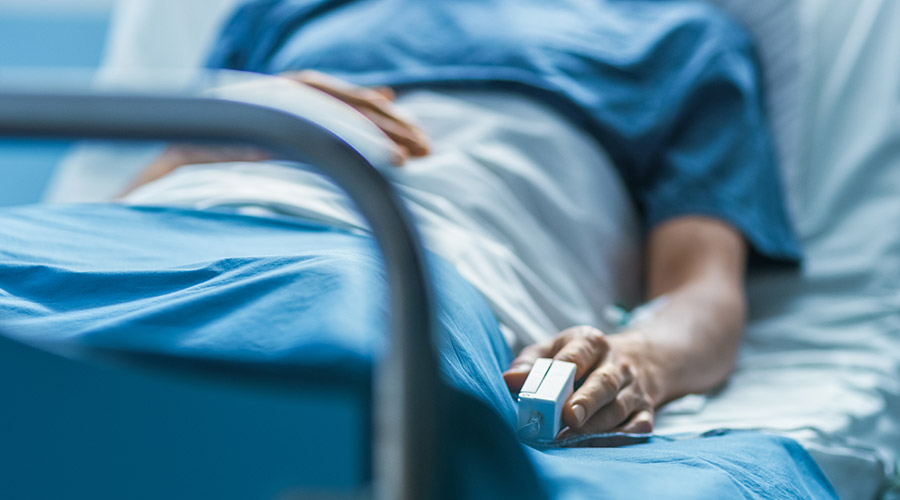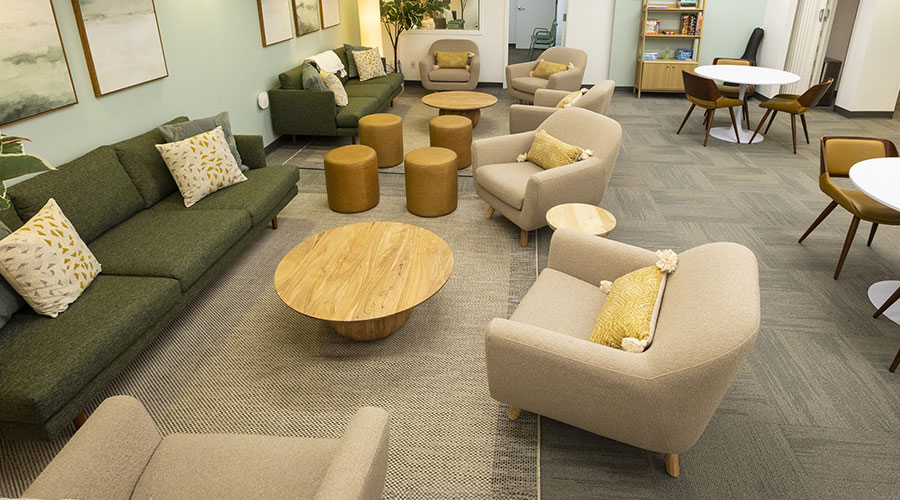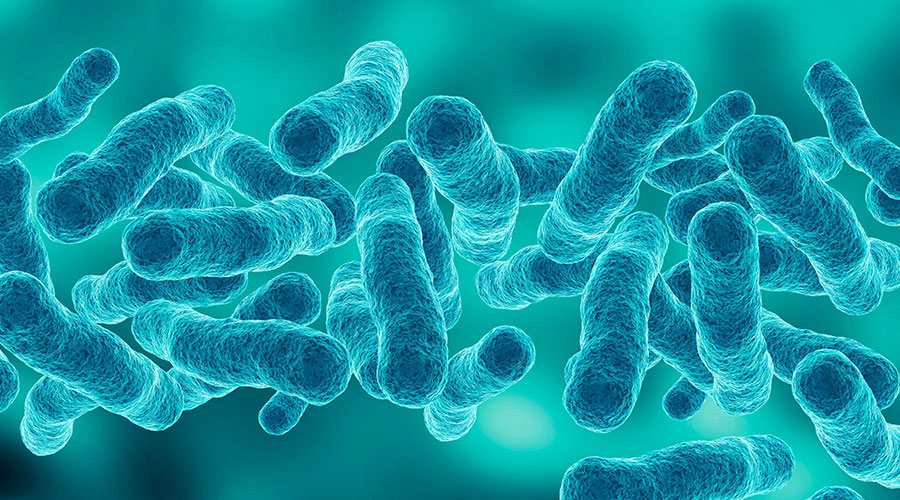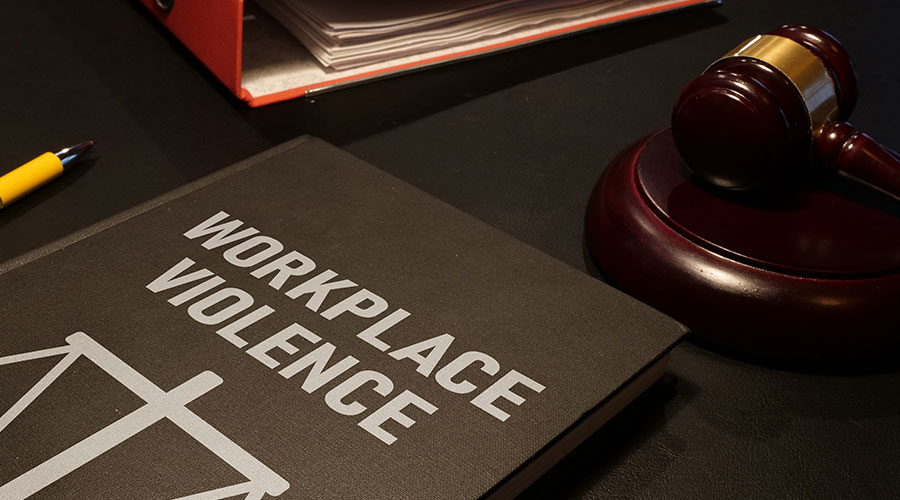The U.S. Food and Drug Administration (FDA) considers a patient’s bed mattress a Class II medical device due to the moderate to high risk it poses to patients, as well as the need for special controls to ensure safety and effectiveness.
Mattresses, particularly those used in healthcare settings, are classified as Class II devices for several reasons. First, Class II devices represent a moderate to high level of risk to patients, which aligns with the potential hazards associated with hospital bed mattresses. Second, hospital bed mattresses have prolonged contact with a patient’s skin due to the porous bed sheets.
The FDA provides specific guidance for environmental services workers who are responsible for cleaning and disinfecting mattresses to ensure patient safety:
- Remove visibly damaged, worn or stained mattresses according to facility procedures and the manufacturer's instructions for use.
- Clean and disinfect undamaged hospital mattress covers following the manufacturer's guidelines.
- Inspect mattresses thoroughly, including the sides and bottom, after each patient use.
The cleaning and disinfection process also typically includes these steps:
- Use a general-purpose cleaning solution to remove soil. Get rid of the term “clean when visibly soiled.” C. diff the size of a pinhead contains enough infective material to transmit the disease.
- Rinse the surface with clear, clean water, and wipe the surface dry.
- Disinfect the mattress with the facility-approved product, and allow it to air-dry.
- Perform a final rinse using clear, clean water. Wipe the surface dry.
For mattresses that are exposed to non-intact skin or bodily fluids, workers need to use a sporicidal or intermediate-level disinfectant as appropriate.
Removable barriers
Studies have shown that current manual cleaning processes mattresses might not always achieve the required level of disinfection, potentially leaving residual bacteria that can be transmitted among patients. Therefore, laundering removable bed barriers is significantly more effective at eliminating harmful bacteria compared to manual cleaning using chemical disinfectants.
A peer-reviewed study found that laundering removable bed barriers eliminated all major organisms that contribute to healthcare associated infections, including C. diff, MRSA, and E. coli. The commercial laundry process achieved greater than 6 log10 reductions for every tested organism, resulting in no detectable pathogenic bacteria or spores on barriers after laundering. In contrast, manual cleaning using chemical disinfectants typically only achieves 1-2 log10 reductions.
The process involves detergent, bleach, agitation and repeatability, which physically separate bacteria and spores from the barrier surface. Chlorine in the laundry process kills residual organisms. Multiple rinse cycles remove microorganisms from the washing machine, and the laundry process uses a higher temperature — 71 degrees — and stronger concentrations of chemistry than manual cleaning.
Laundering removable barriers also offers several advantages:
- It eliminates issues with insufficient removal of pathogens.
- The process is easily repeatable and allows for thorough inspection of the barrier.
- It avoids potential damage to mattress materials caused by chemical disinfectants.
Laundering removable bed barriers provides a more effective, consistent and safer method for eliminating harmful bacteria compared to manual cleaning with chemicals and elbow grease.
J. Darrel Hicks, BA, MESRE, CHESP, Certificate of Mastery in Infection Prevention, is the past president of the Healthcare Surfaces Institute. Hicks is nationally recognized as a subject matter expert in infection prevention and control as it relates to cleaning. He is the owner and principal of Safe, Clean and Disinfected. His enterprise specializes in B2B consulting, webinar presentations, seminars and facility consulting services related to cleaning and disinfection. He can be reached at darrel@darrelhicks.com, or learn more at www.darrelhicks.com.

 Building Disaster Resilience Through Collaboration
Building Disaster Resilience Through Collaboration Amae Health Expands to New York City
Amae Health Expands to New York City Hospital for Special Surgery Opens Two New Facilities in New Jersey
Hospital for Special Surgery Opens Two New Facilities in New Jersey Should We Be Testing Toilet Water in Patient Restrooms?
Should We Be Testing Toilet Water in Patient Restrooms? Healthcare Union Petitions for Increased Staff Safety at HCA Florida Hospitals
Healthcare Union Petitions for Increased Staff Safety at HCA Florida Hospitals